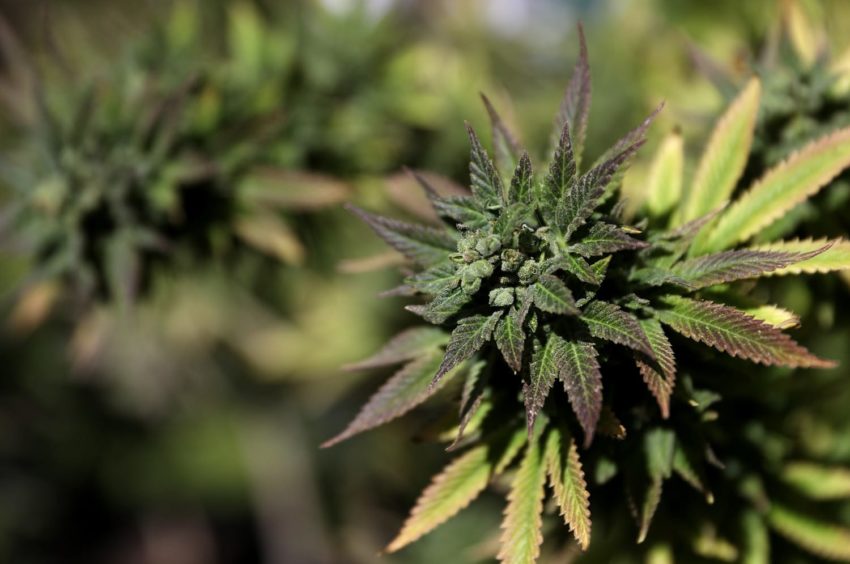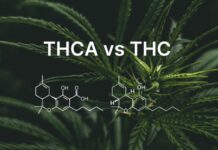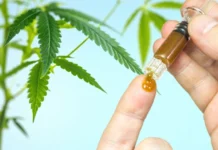In 2017, 6% or almost one in sixteen high school students in America have been reported using cannabis on a daily basis. The total number of twelfth-grade students who think cannabis use is dangerous has halved in the previous two decades.
National Survey on Drug Use & Health had conducted a survey in 2013. They revealed that 19.8 million people using illicit drugs in America used cannabis in the month just before our survey.
People might smoke cannabis, inhale that via the vapor, apply that like a balm, brew that like a tea, or eat that in some products, just like chocolate bars or brownies.
Many people also use medical cannabis to treat sleep disturbances, chronic pain, nausea, muscle spasticity, and anorexia.
Medical cannabis does refer to either entire cannabis or some of its ingredients that include CBD or cannabidiol that makes the foundation of some limited number of prescribed medications.
And, medical cannabis isn’t subject to the governmental standardization that is making its potency and ingredients unknown. It’s not legal everywhere.
Fast 5 Facts on Cannabis
1. Effects

The Impacts of 120-plus cannabinoids shown in marijuana are not mostly known, but many potent psychoactive agents are identified include THC.
While a person does smoke marijuana, THC gets absorbed into the blood flow, going into the brain even within a few minutes.
Also, the body does absorb THC slowly if it’s eaten that delays the start of action for almost 120 minutes and prolongs the duration of its impact.
Cannabinoids and THC in cannabis are the same as cannabinoids that are produced by your body. These cannabinoids always act as neurotransmitters. They send different chemical messages to nerve cells throughout the entire nervous system.
The neurotransmitters impact different areas of your brain involved in pleasure, memory, coordination, thinking, movement, concentration, time, and sensory perception. The receptors respond to the cannabinoids react to THC that might change and disrupt usual brain functioning.
A few studies have found that THC impacts areas of your brain that typically control attention and memory creation.
It disturbs other brain parts, adversely impacting reaction time, balance, coordination, and posture. It might make this dangerous for the person who uses cannabis to drive an auto, operate heavy machinery, or involve in some sport or other risky physical activities.
And, THC triggers particular cannabinoid receptors, which boost the release of dopamine. It is a neurotransmitter that is linked to pleasure-related feelings.
Many people use cannabis to get a feeling of elation, relaxation, and giddiness. Cannabis also creates sensory perception alterations; colors might seem brighter, emotions more profound, and music quite vivid. Most people have feelings of paranoia.
If people take marijuana for enjoyment purposes, then they may be experiencing some effects, including:
- mood changes that lead to euphoria, a condition of relaxation, or a feeling of energy
- decrease in BP
- decreased psychomotor coordination
- rise in appetite
- alterations in perception, because of a bit hallucinogenic effect that might make the
- distorted illusion of space and time
- high heart rate
- impairment of memory and concentration
- nausea, although a few cannabinoids might assist decrease nausea
- fast breathing
A few THC traces may still be there in the urine of a person for many days after he or she last time used cannabis.
2. Risks
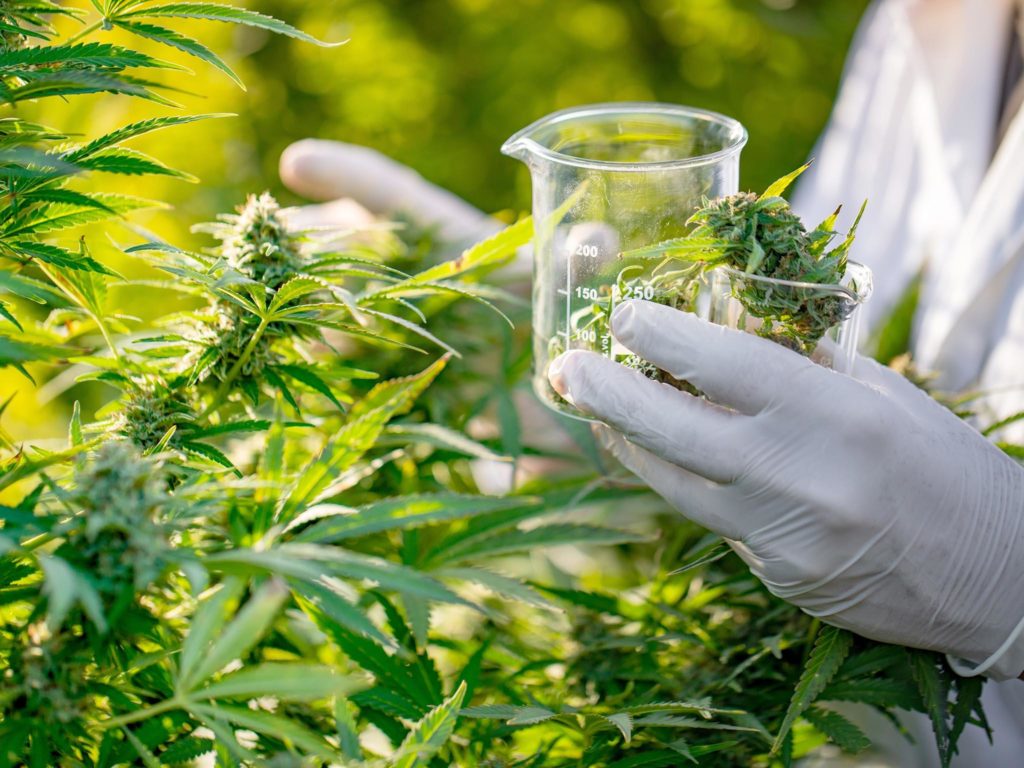
Following are some instances of different findings that demonstrate or suggest some detrimental results of using cannabis:
Reproductive problems: A review of animal-related studies shown that the use of cannabis can cause sexual dysfunction.
Psychosis: A study was done on siblings revealed that long-run cannabis use could boost the risk of creating psychosis in adults.
Decreased brain functioning: Researchers indicated that regular marijuana users who began before they’re fifteen years old didn’t score well on brain tests because their counterparts started using marijuana later in life.
Alteration in human DNA: One British study suggests that marijuana smoke does damage human DNA that the person can become even susceptible to developing a disease like cancer.
Impairment of judgment: One study revealed that a person has more chances to crash the car when they drive it within three hours of using cannabis.
Immune response: A study stated that smoking cannabis might ultimately suppress the immune system of a body, making the person susceptible to different kinds of infections and cancer.
Gum disease risk: A study has shown that smoking marijuana boosts the risk of making gum disease, irrespective of whether a person does smoke tobacco or not.
Acute memory loss: One British research states that the potent cannabis smokers strains (for example, skunk) might have more danger of acute memory loss.
Testicular cancer: One review revealed that long-term or frequent cannabis use might enhance the risk of having testicular cancer; however, more evidence is required to confirm it.
3. Addiction
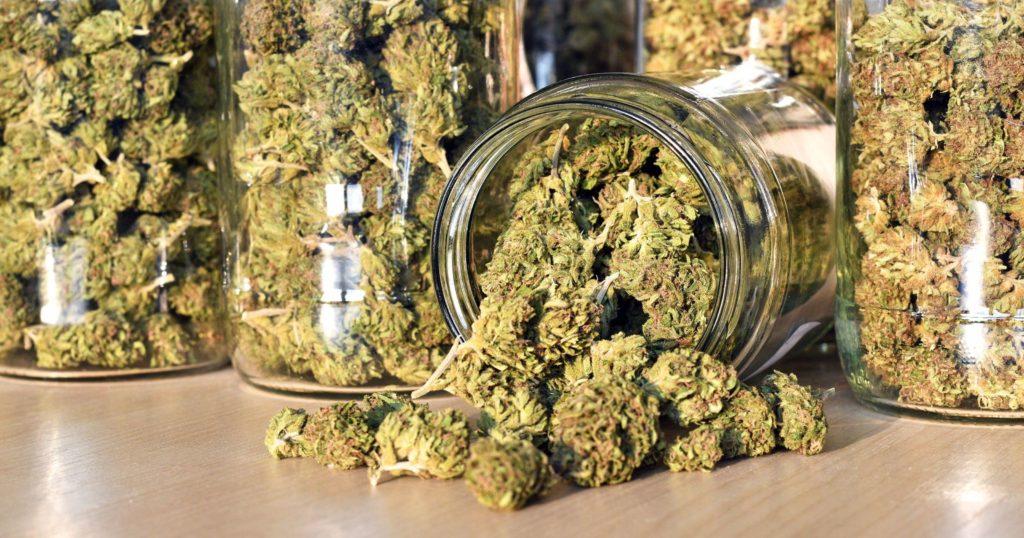
Marijuana, like any other pain reliever, might cause addiction as well as dependence.
With the passage of time, the persistent and severe overstimulation of different neurotransmitters that actually bind to the cannabinoid receptors might lead to many alterations in the human brain.
It can result in a cannabis use addiction or disorder.
The NIDA or National Institute on Drug Abuse states that users who begin consuming cannabis early in their life, and who use in huge amount have more chances to develop the cannabis use disorder as compared to other cannabis users.
4. Marijuana Withdrawal

Sudden withdrawal from marijuana might be a bit uneasy but not life-threatening.
The withdrawal starts from the 2nd day after quitting and might persist for some weeks.
Symptoms of withdrawal are:
- irritability
- stomach pain
- anxiety
- insomnia
- reduced appetite
Sleep issues might potentially remain beyond the given time frame.
5. Synthetic Cannabis

Drugs that don’t get legal status don’t possess FDA approval as well, or both might not be guaranteed secure. And, so-called synthetic cannabis that includes Spice or K2 is not cannabis, although it has a few compounds that are found in cannabis. Many people might try illegal and untested synthetic cannabinoids thinking that these are legal. It might be harmful and fatal.
In this article, we have looked at the different effects of cannabis on health. If you want to read more about cannabis, then click here.

